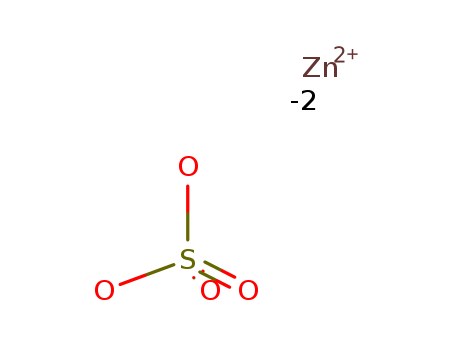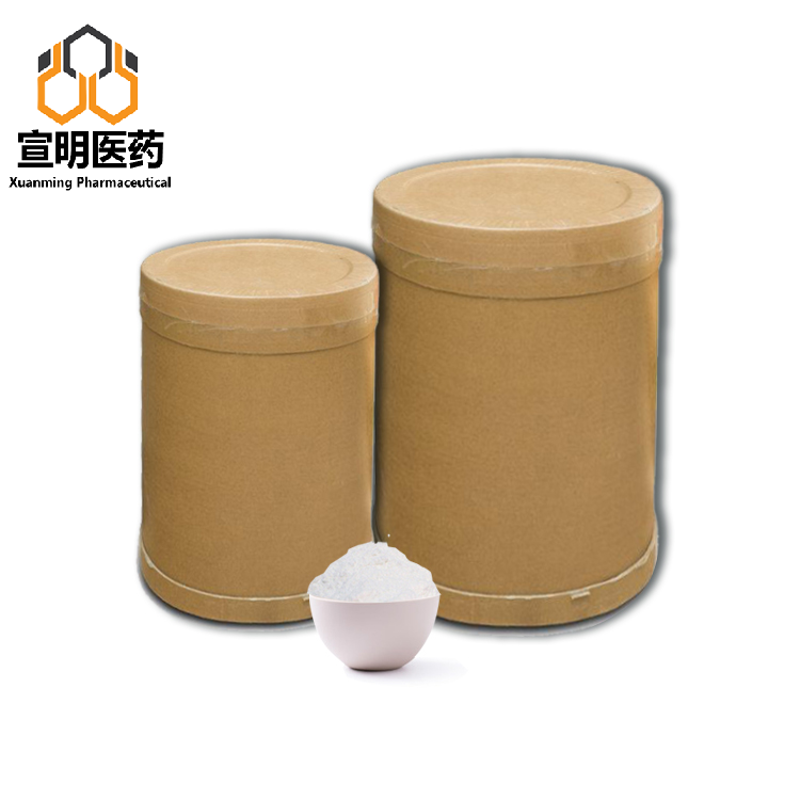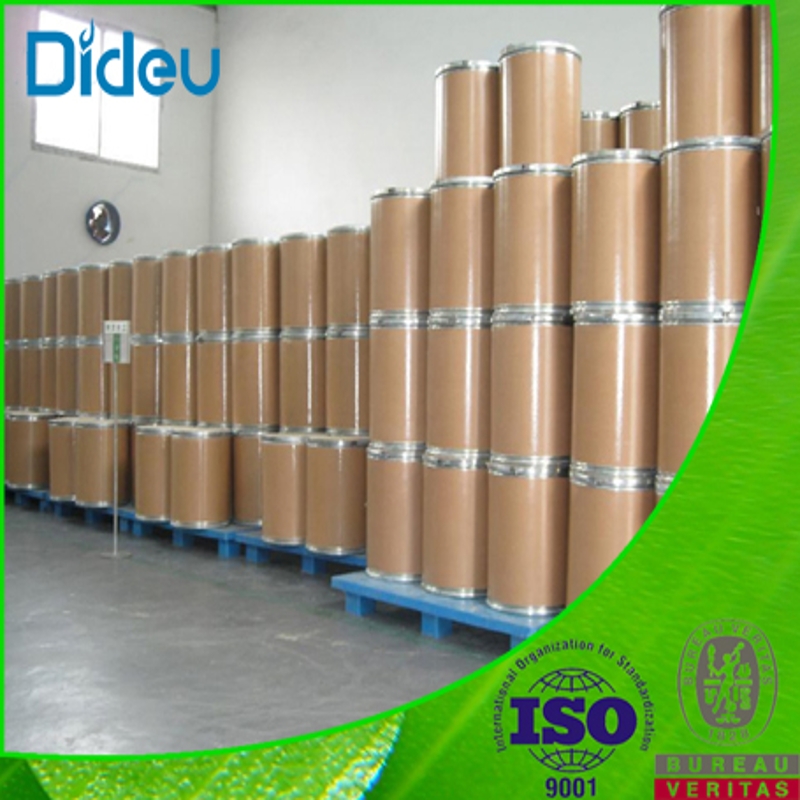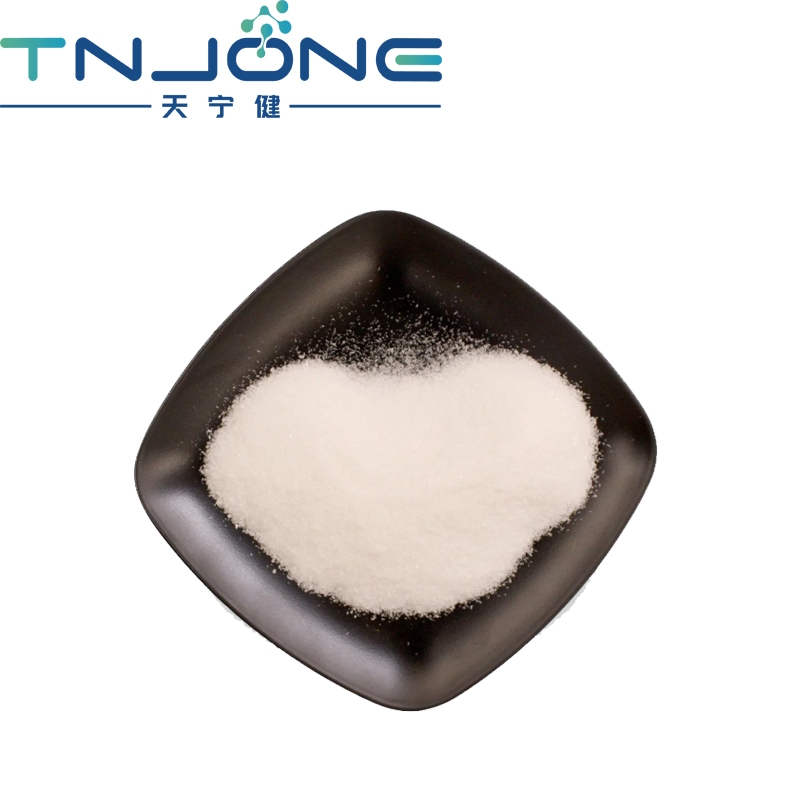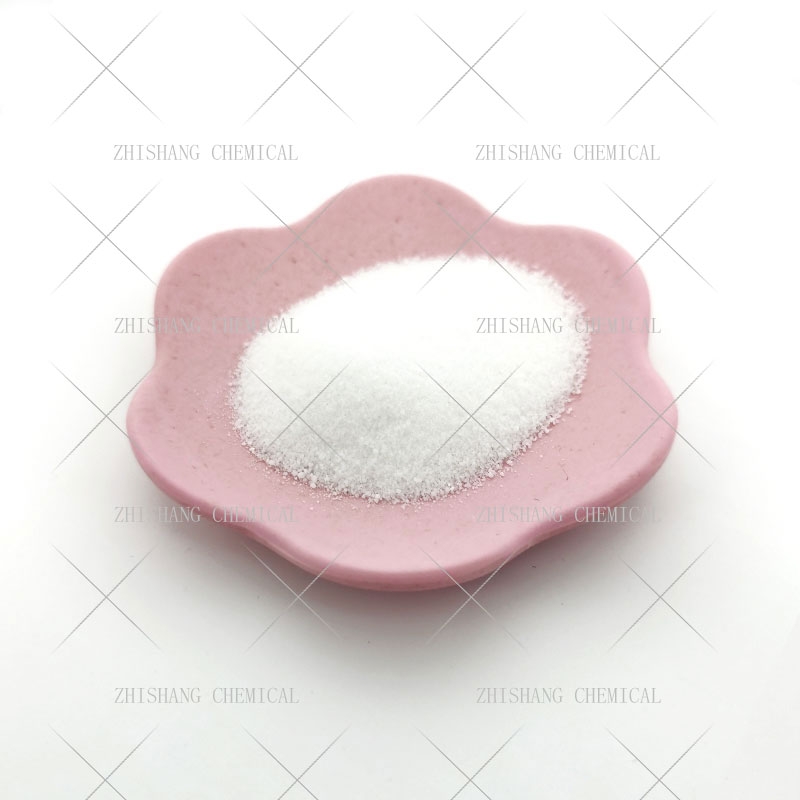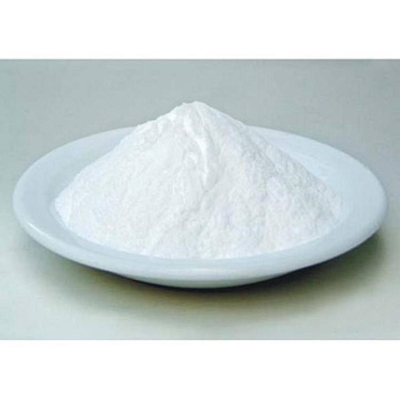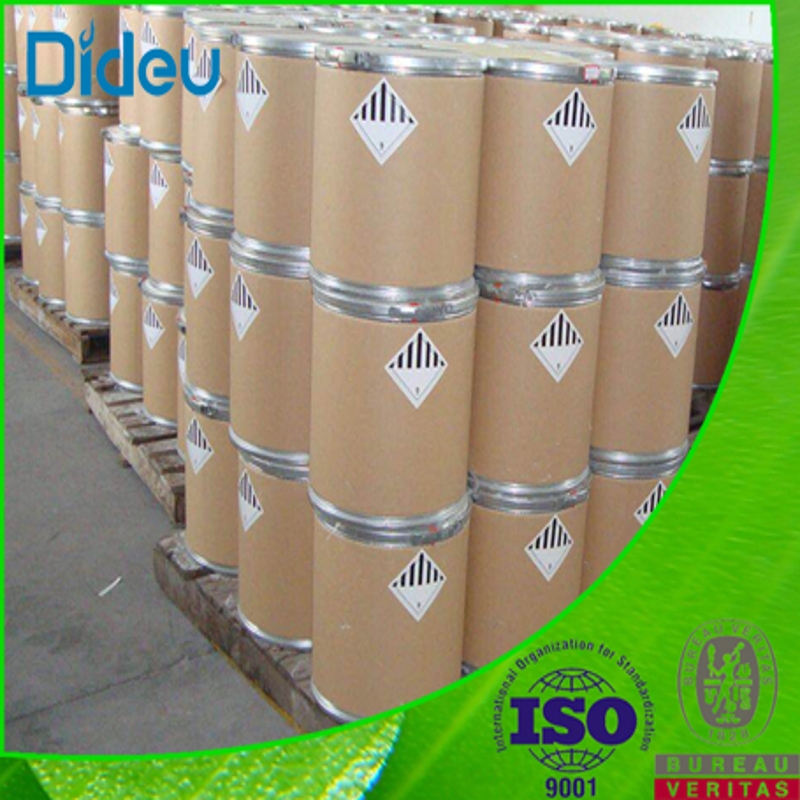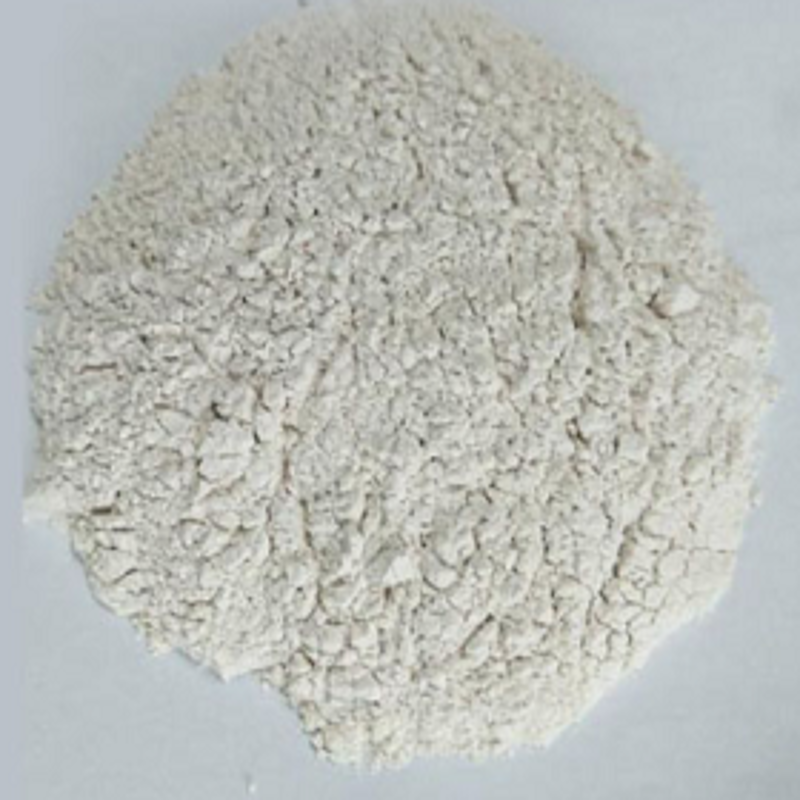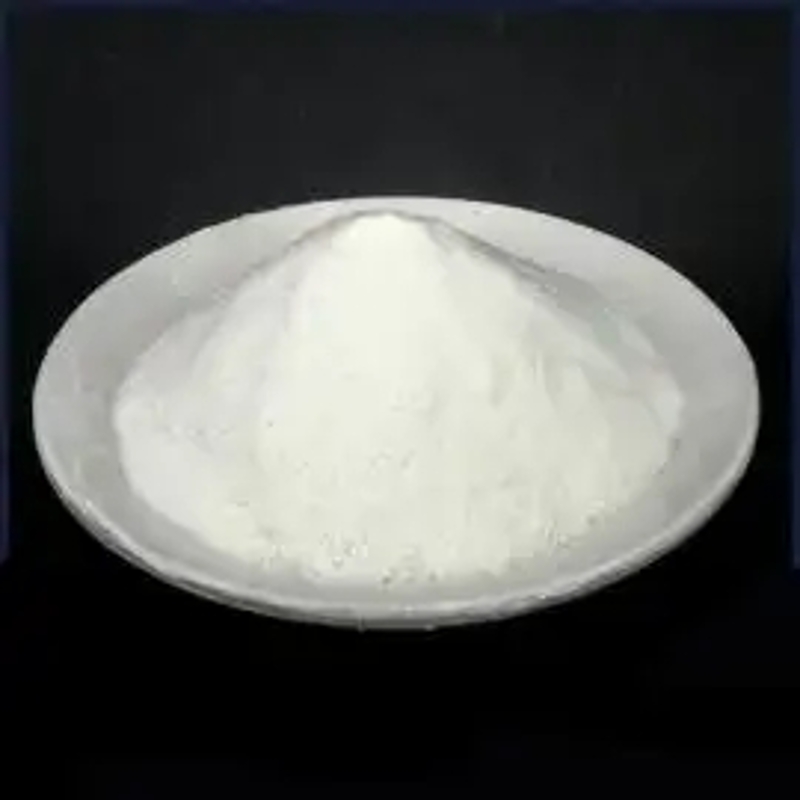Cosmetic Ingredient
- • Abrasive (124)
- • Absorbent (84)
- • Anticaking (66)
- • Anticorrosive (25)
- • Antifoaming (19)
- • Antimicrobials (290)
- • Antioxidant Ingredient (393)
- • Antiperspirant (20)
- • Antiplaque (48)
- • Anti-seborrheic (38)
- • Anti-sebum (39)
- • Antistatic (458)
- • Astringent (162)
- • Binding Agent (172)
- • Bleaching Agent (53)
- • Buffering (191)
- • Bulking (109)
- • Chelating (122)
- • Cleansing (679)
- • Cosmetic Colorant (212)
- • Cosmetic Preservative (158)
- • Denaturant (45)
- • Deodorant (98)
- • Depilatory (27)
- • Dissolving Agent (298)
- • Emollient (795)
- • Emulsifying Agent (480)
- • Emulsion Stabilising (154)
- • Exfoliating (19)
- • Film Forming (299)
- • Flavouring (72)
- • Foam Boosting (161)
- • Foaming (101)
- • Fragrance Ingredient (726)
- • Gel Forming (19)
- • Hair Conditioning (670)
- • Hair Dyeing (363)
- • Hair Fixing (36)
- • Hair Waving or Straightening (45)
- • Humectant (282)
- • Hydrotrope (92)
- • Keratolytic (20)
- • Light Stabilizer (80)
- • Moisturising Agent (50)
- • Nail Conditioning (42)
- • Occlusive (20)
- • Opacifying (119)
- • Oral Care (123)
- • Oxidising (19)
- • Perfuming (2105)
- • Plasticiser (98)
- • Propellant (19)
- • Reducing (50)
- • Refatting (12)
- • Refreshing (26)
- • Skin Cleansing (388)
- • Skin Conditioning (1751)
- • Skin Humectant (21)
- • Skin Protecting (282)
- • Smoothing (31)
- • Soothing (71)
- • Tonics (155)
- • UV Filter (34)
- • Viscosity Controlling (532)
Chemicals as Skincare Ingredients
Related News
Antimicrobials
Zinc oxide (ZnO)
(1314-13-2)-
Cosmetics Grade / 99.9%
-
Cosmetics Grade / 99.77%
-
Cosmetics Grade / 99%
-
![zinc oxide buy zinc oxide]()
Cosmetic Raw Materials / 99%
Zinc sulfate
(7733-02-0)-
Industrial Grade / 99.5%
-
-
Industrial Grade / 99%
-
- / 99.00%
Zinc sulfate heptahydrate
(7446-20-0)-
Industrial Grade / 99%
-
Industrial Grade / 99%
$5-6.5/KG FOB
-
Chemical Grade / 99%
-
- / 99.00%
Request for quotation , get quotes from more suppliers.
Zinc sulfate monohydrate
(7446-19-7)-
Chemical Grade / 99%
-
- / 99.00%
-
Food Grade / 99%
-
Request for quotation , get quotes from more suppliers.
Zinc chloride
(7646-85-7)-
Pharmacy Grade / 99%
-
Industrial Grade / 99%
$5-6.5/KG FOB
-
Pharmacy Grade / 99.5%
-
Industrial Grade / 99%
Source Antimicrobials Products Supply
Zinc acetate
(557-34-6)-
Food Grade / 99%
$5-6/KG FOB
-
Chemical Grade / 99%
$1/KG FOB
-
API Grade / 99%
$20-25/KG FOB
-
Industrial Grade / 99%
Request for quotation , get quotes from more suppliers.
Zinc gluconate
(4468-02-4)-
Food Grade / -
-
-
- / 0.00%
-
- / 99.00%
Request for quotation , get quotes from more suppliers.
Zinc dibutyldithiocarbamate
(136-23-2)-
Industrial Grade / 98%
-
Pharmacy Grade / 99%
-
industrial grades / -
-
Industrial Grade / 99.5%
$10-12/MT FOB
Request for quotation , get quotes from more suppliers.
Zinc acetate dihydrate
(5970-45-6)-
Chemical Grade / 99%
$1/KG FOB
-
- / 0.00%
-
Industrial Grade / 99%
-
- / 99.00%
-
Food Grade / -
-
Industrial Grade / 99%
-
- / 99.00%
-
Industrial Grade / 99%
Request for quotation , get quotes from more suppliers.
Source Antimicrobials Raw Materials by Region
More Information
Antimicrobial agents are used to inhibit the growth and spread of harmful microorganisms in the body. These agents are essential tools in combating bacterial, viral, and fungal infections, working to disrupt the mechanisms that allow these microbes to thrive.
Antimicrobial agents work by targeting and disrupting the vital functions of microorganisms, such as bacteria, viruses, or fungi, impeding their ability to grow and reproduce. Through various mechanisms, these agents effectively neutralize or inhibit the infectious organisms, promoting the elimination of the threat.
Causes of microbial infections
•Exposure to harmful bacteria, viruses, or fungi.
•Weakened immune system due to factors like stress or medical conditions.
•Poor hygiene practices or contaminated environments.















